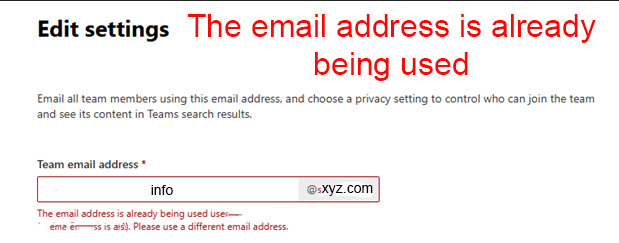Welcome to our quick tutorial on configuring Microsoft Teams Auto Attendants. Setting up an Auto Attendant helps route calls efficiently without needing a human operator. In this video, I’ll show you step by step how to configure an Auto Attendant in Microsoft Teams.
· Microsoft Teams Phone Resource Account License
Each resource account requires a Microsoft Teams Phone Resource Account license. You can obtain these licenses through your Microsoft 365 subscription.
· Assign Phone Numbers
You need to assign phone numbers to the resource accounts so that external callers can reach the auto attendant. This can be done through the Microsoft Teams admin center.
· Permissions
Ensure that you have the necessary permissions to manage resource accounts. Typically, you’ll need Global Admin permissions in the Microsoft 365 admin center1.
· Add and Assign Resource Accounts
Create resource accounts in the Microsoft Teams admin center. These accounts are disabled for sign-in and are used exclusively for auto attendants and call queues.
· Configure Auto Attendant
Set up the auto attendant using the Microsoft Teams admin center. Define menu options, call routing rules, and other settings.
